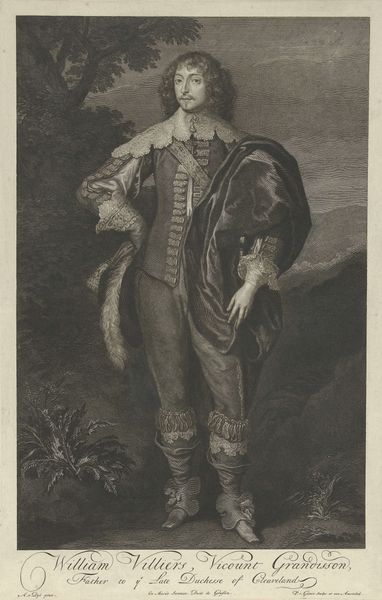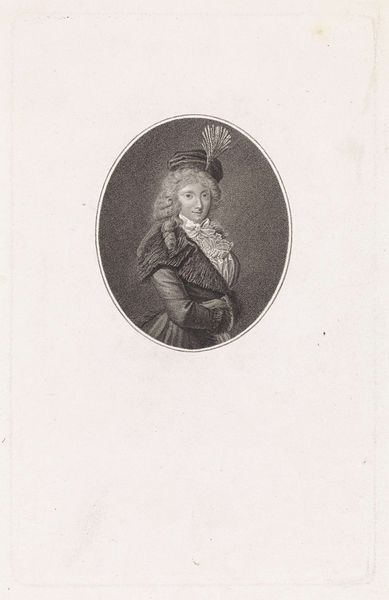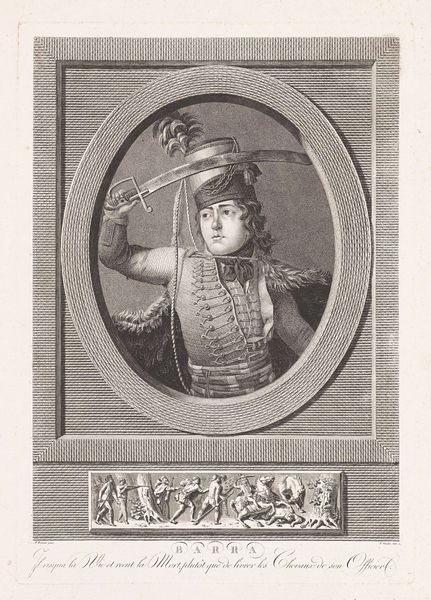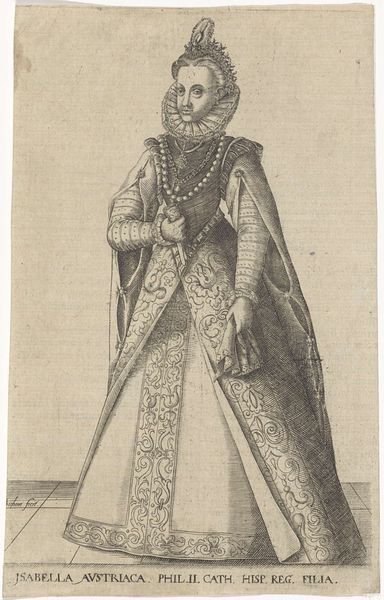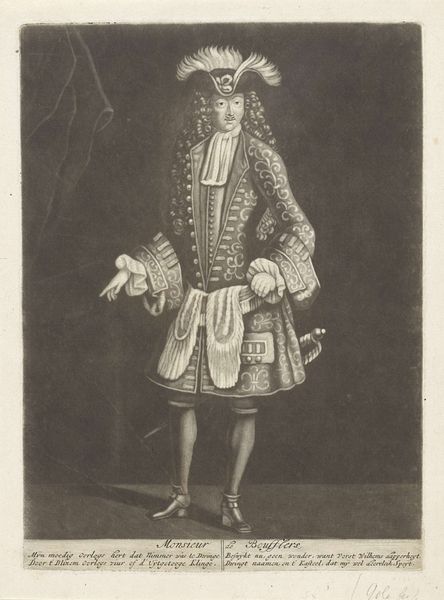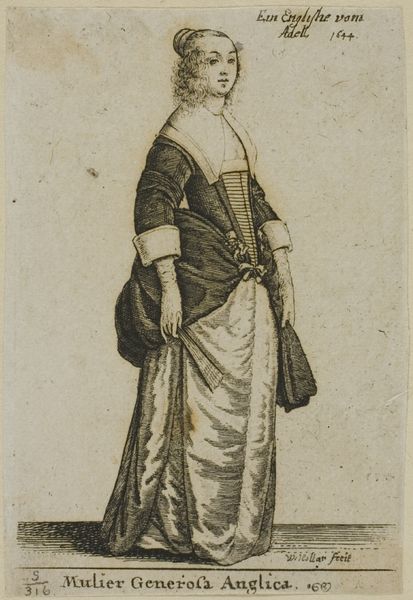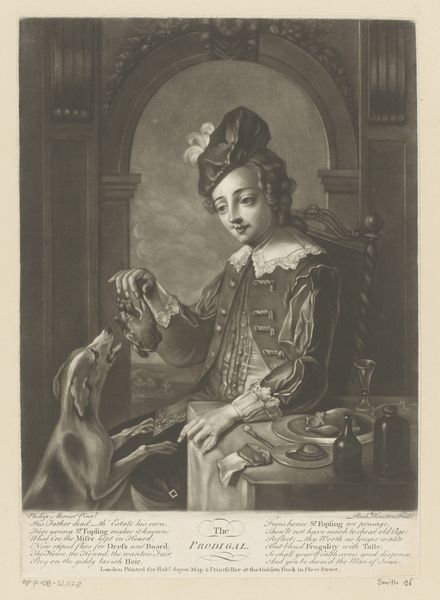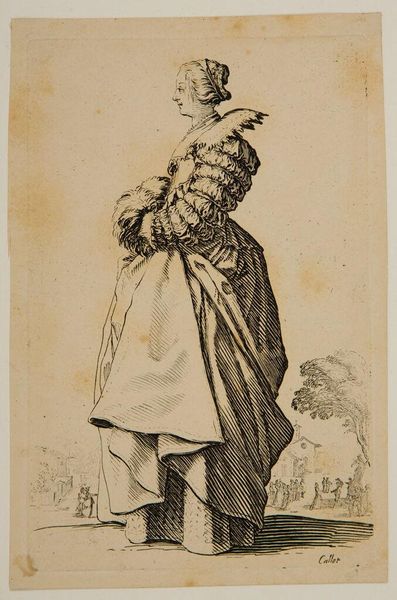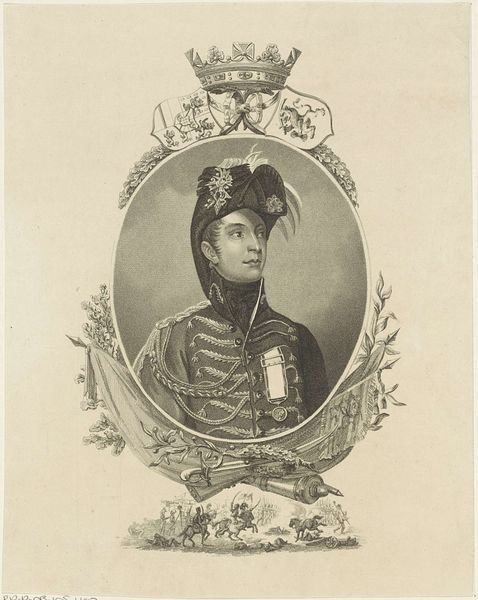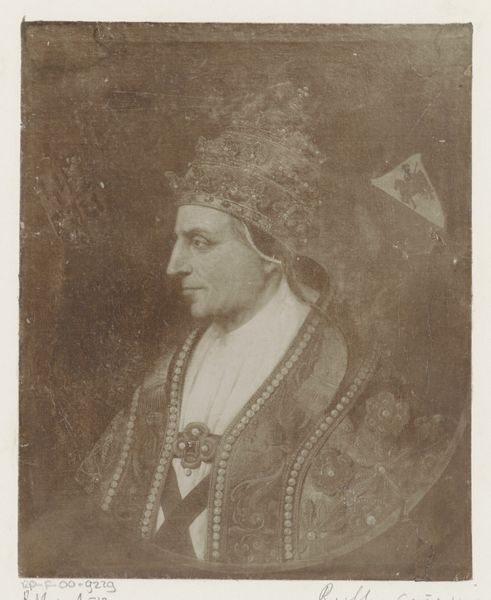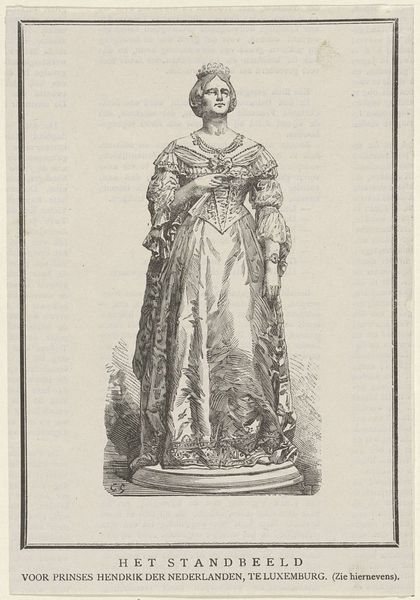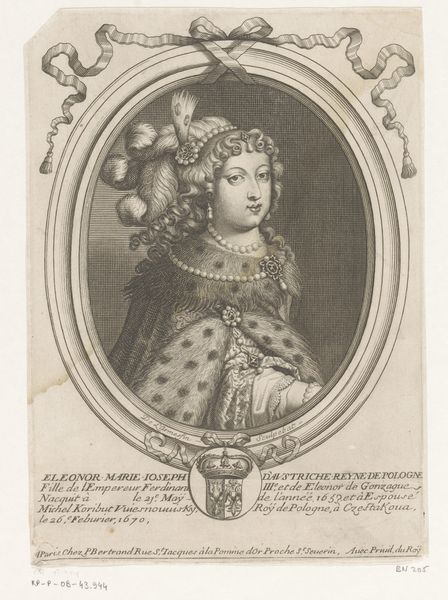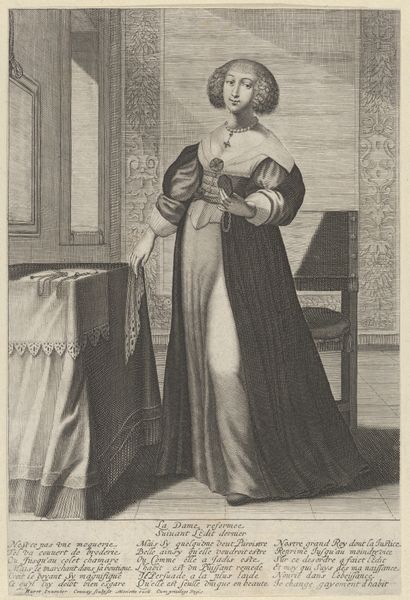
albumen-print, photography
#
albumen-print
#
portrait
#
photography
#
indigenous-americas
Dimensions: 4.7 × 3 cm (image); 5 × 3.3 cm (paper); 8.8 × 8 cm (hinged paper)
Copyright: Public Domain
Curator: I'm struck by the almost melancholic feel of this image, a stillness. There's a story held back, wouldn't you agree? Editor: Absolutely. What we're looking at is an albumen print, a photograph taken around 1900 by Adam Clark Vroman. The piece is titled "Queen Chewa of Tewa" and resides here at the Art Institute of Chicago. Curator: Ah, yes, Vroman, always capturing these incredibly direct portraits. The oval format seems so old-world somehow, contrasting with the sharp, realistic detail. It's like a pressed flower, preserved but fading. The gaze… She doesn't meet ours, does she? A regal detachment perhaps? Editor: Or a studied avoidance, knowing the colonial gaze too well. Consider the historical context: Vroman, although seemingly sympathetic, was still operating within a system that exoticized and commodified Indigenous cultures. Presenting Queen Chewa as this noble, almost romantic figure…it serves a specific purpose, doesn’t it? Curator: That little pot she's holding...it’s so unassuming. Such a delicate thing, holding it casually by her side; like a secret, an unspoken legacy she guards fiercely. Almost makes her queenliness seem earthbound, tactile. Editor: That's insightful. Indigenous portraiture became incredibly popular at the turn of the century, used in everything from postcards to anthropological studies. But it's rare to see the subjects rendered with such quiet strength, rather than overt "savagery" which was often the image they projected to the public. Curator: I wonder what she made of Vroman and his camera. Was this an exchange, a collaboration, or another instance of appropriation? Perhaps her holding the pot indicates power and control through her subtle statement, not just an indigenous representation for show. Editor: Exactly, it prompts important questions about agency and representation. Who benefits, and whose narrative prevails. The picture may try to capture Queen Chewa of Tewa; rather the Queen captures it! Curator: Makes you wonder, doesn't it, what Queen Chewa of Tewa would say about how we're seeing her, all these years later. If only photographs could talk back.
Comments
No comments
Be the first to comment and join the conversation on the ultimate creative platform.
